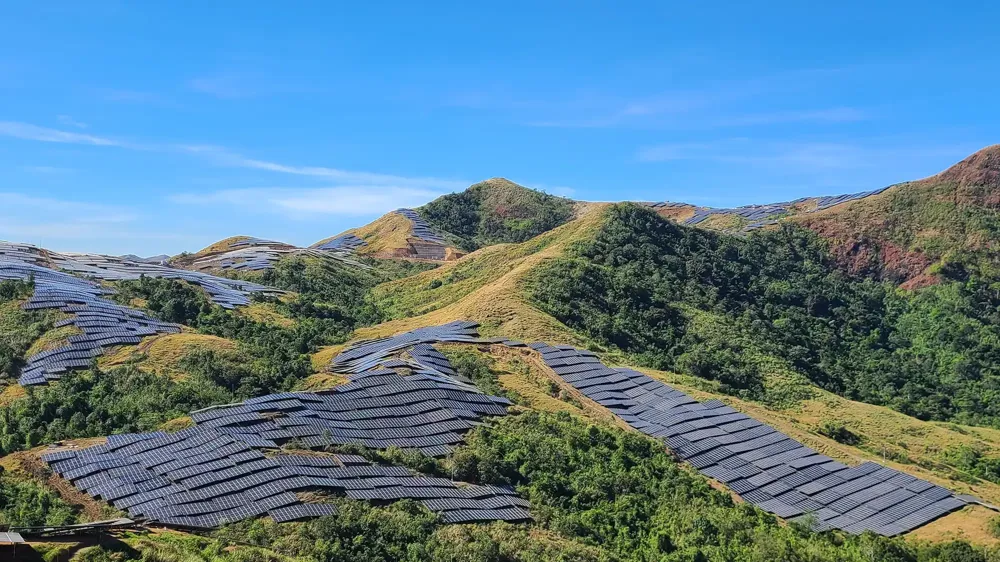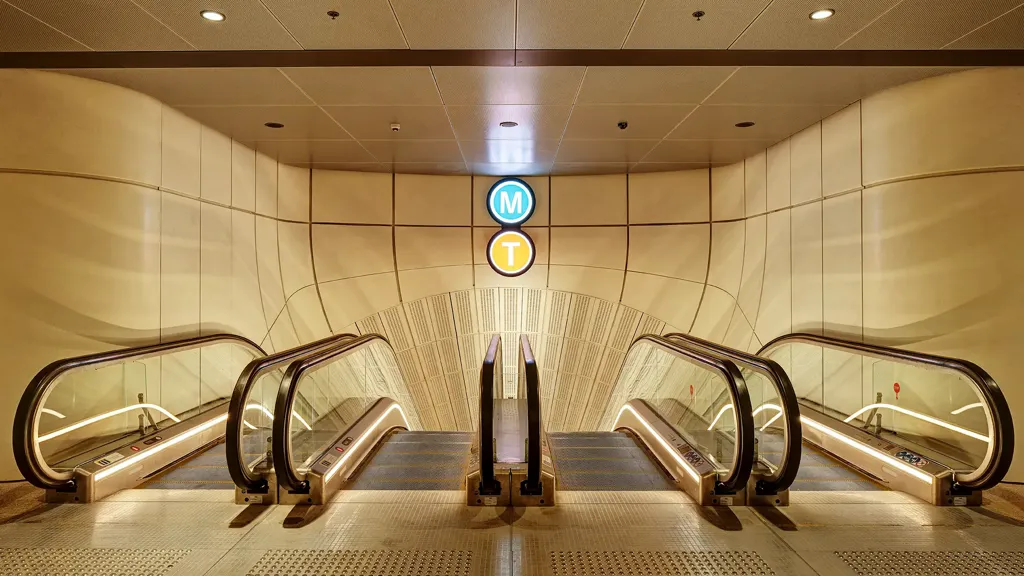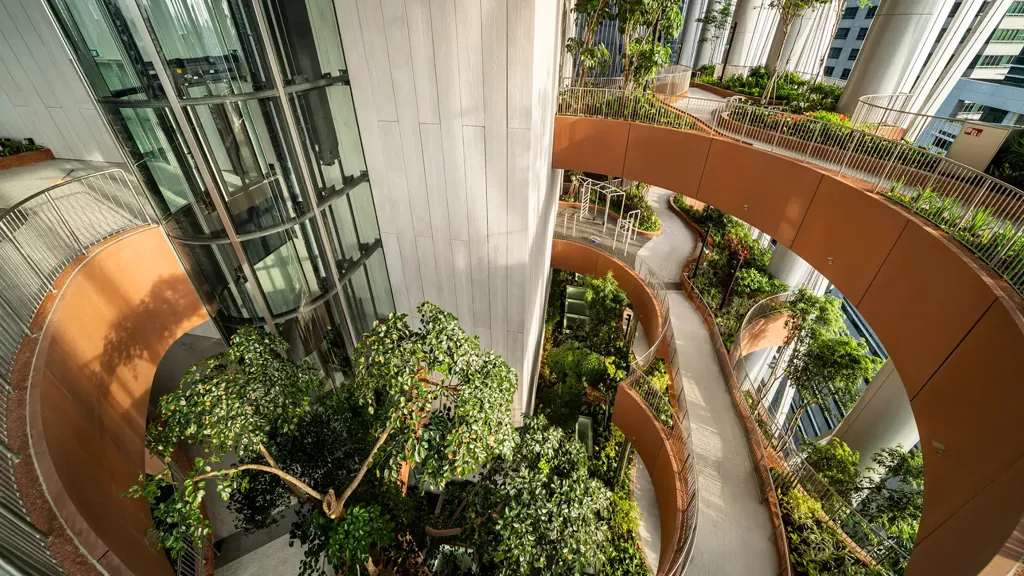Mechanical engineering
A plant room can be described as a building’s engine – it contains the mechanical, electrical and plumbing infrastructure which caters for the entire building. It’s also the most energy and carbon intensive areas of a building. WS2 does not have a main traditional plant room – instead it shares one with its neighbour Westralia Square I.
Early in the design, our team identified a unique opportunity to design Westralia Square II without a plant room and instead connect to Westralia Square I plant room and use the building’s spare capacity. However, the building also needed to perform at a high standard and meet ambitious environmental ratings for energy efficiency, occupant comfort and wellness.
To do this, we needed to study the building’s spare capacity and analyse this carefully to understand how we could augment the base build system and upgrade existing infrastructure, such as switching systems, to cater for both buildings. This process required close cross-collaboration with engineering disciplines and trade-offs between systems design and system selection to ensure the existing capacity was not compromised. This approach created a significant capital expenditure cost saving for and maximised use of space in the new building. It also resulted in an embodied carbon saving, reducing the carbon associated with constructing the building.
Materials
From day one of construction, we have aimed to reuse all building materials. Every piece of cross-laminated timber has been reused creatively to form raised platforms to strengthen the floors. As part of the construction process, every aspect of the build was designed to fit in the goods lift, eliminating the need to use a crane.
Our approach to adaptive design and material reuse when compared to demolition and designing a similar building made from concrete, we have saved approximately 70 per cent in embodied carbon.










